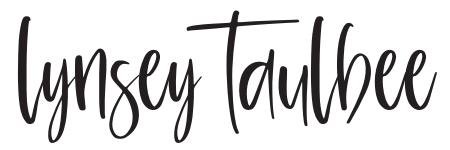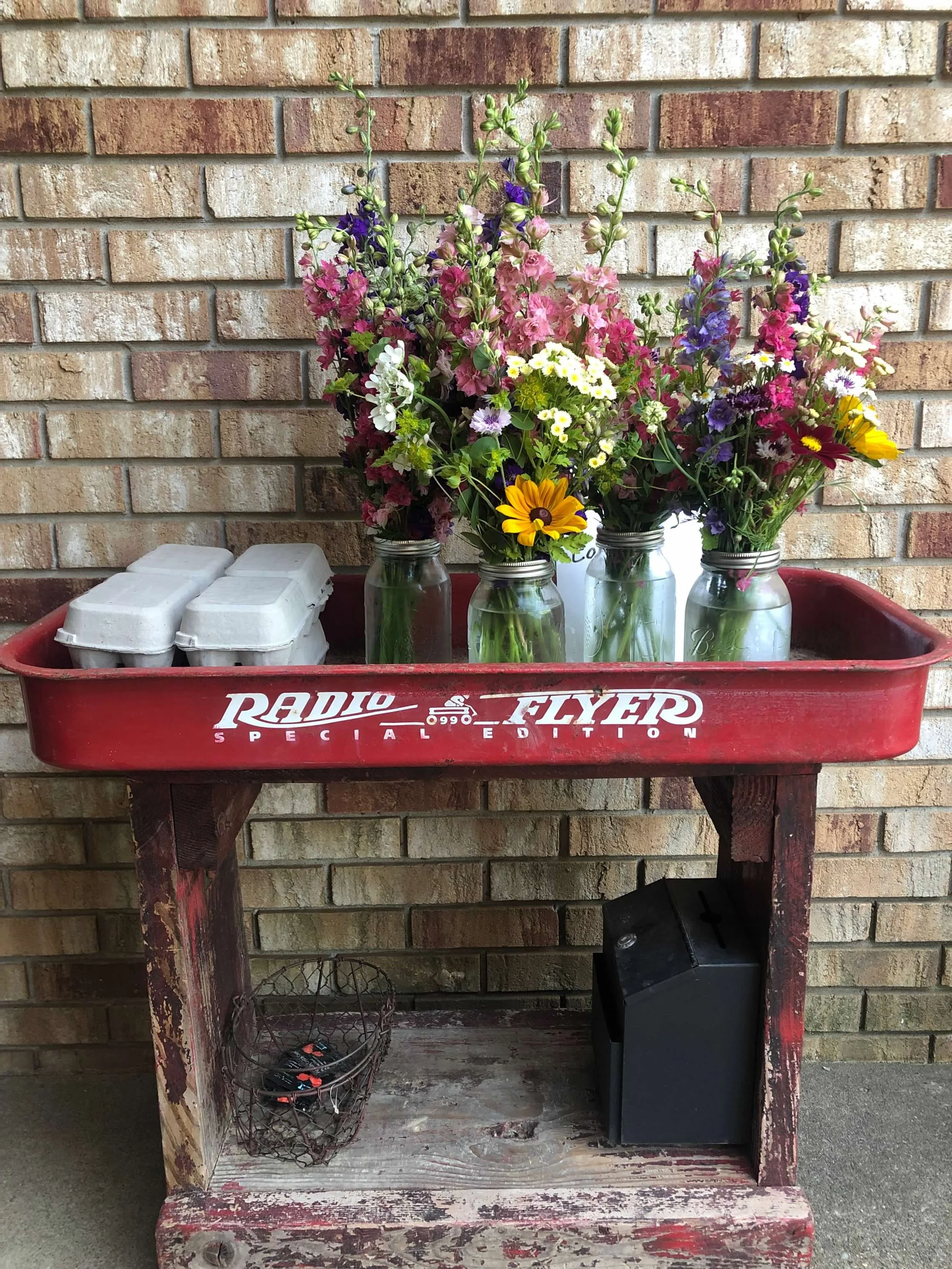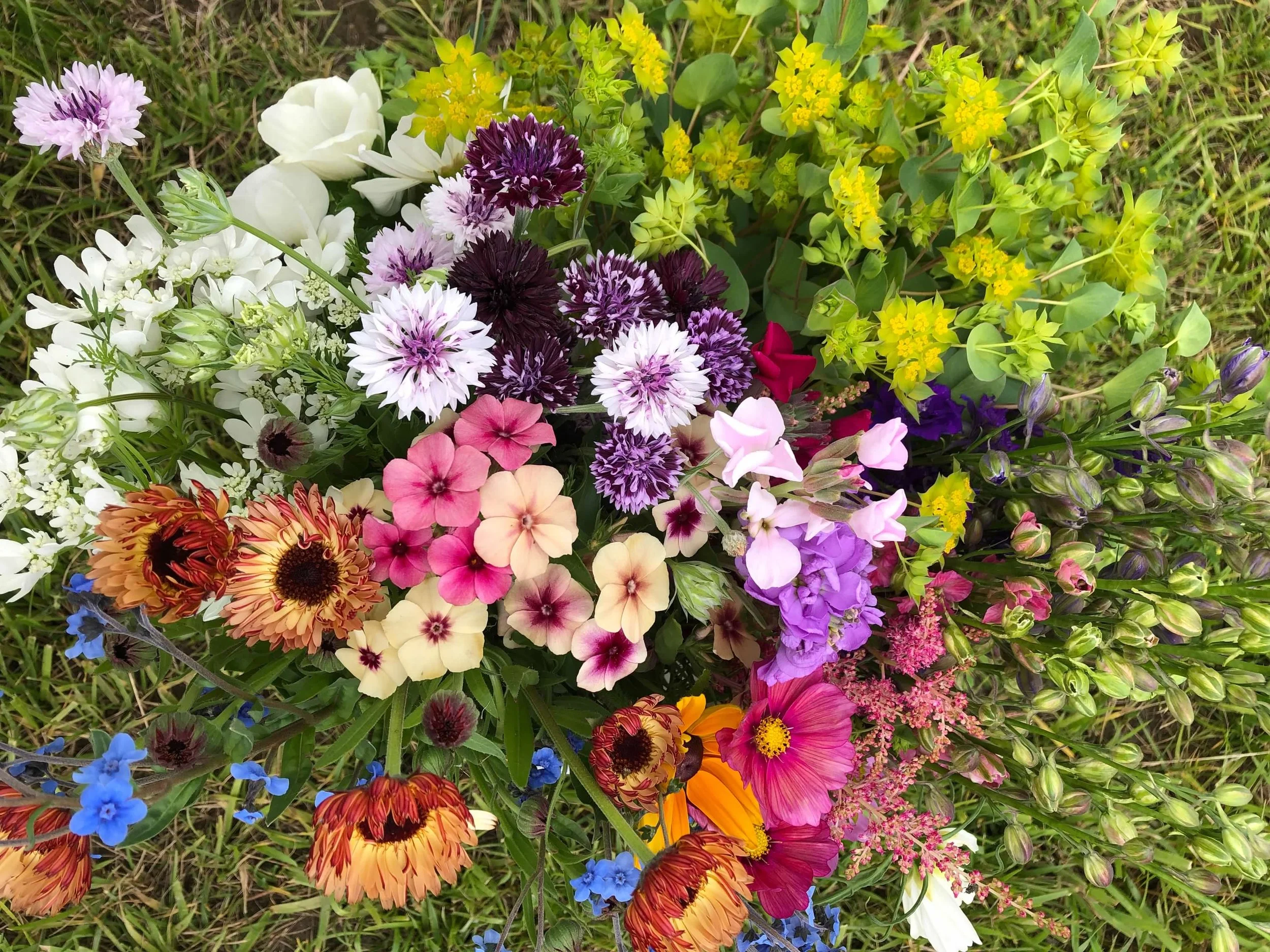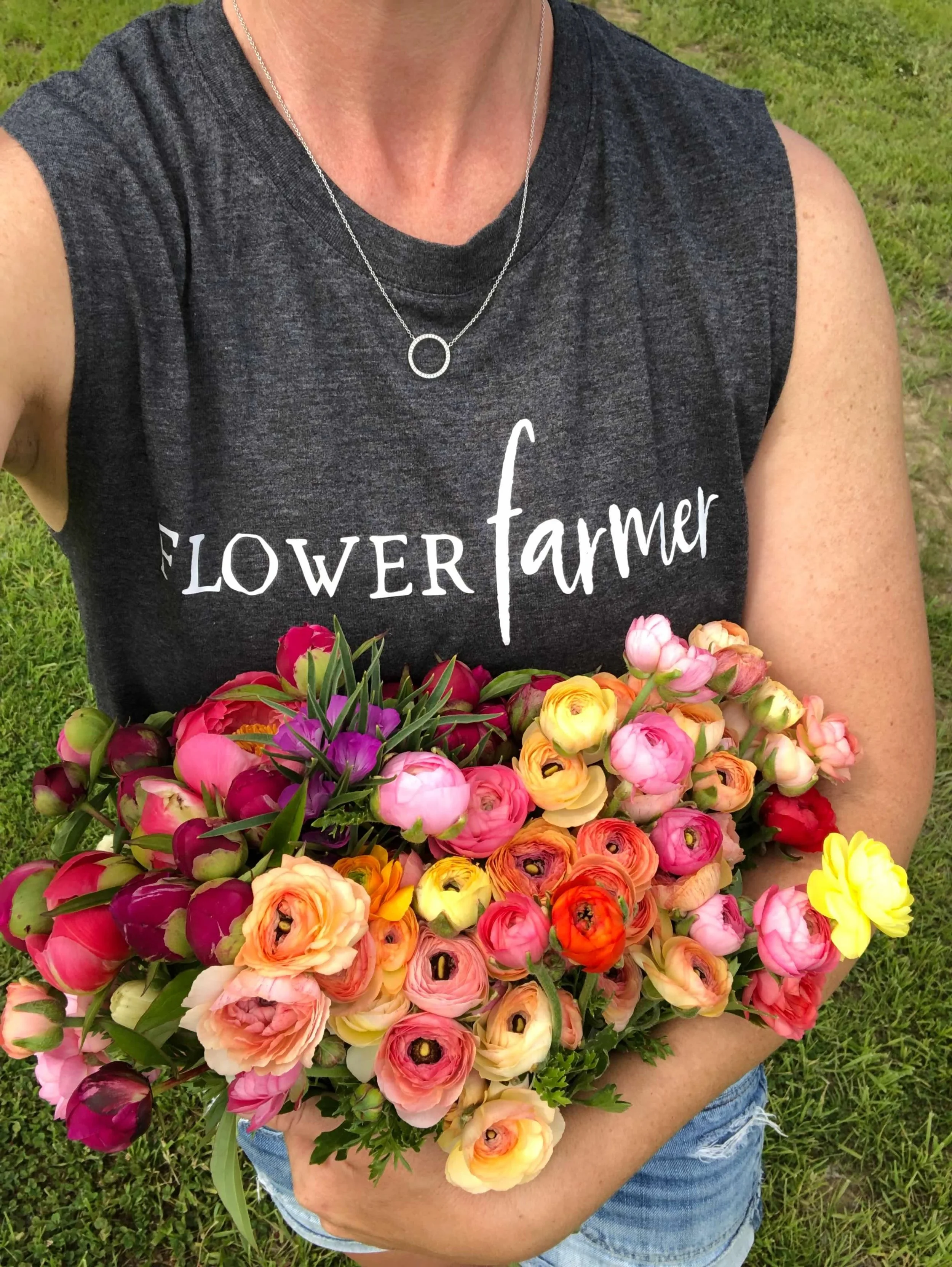Pricing Cut Flowers: It’s More Than Just a Number—It’s a Marketing Strategy
Let’s talk about something that trips up a lot of new flower farmers: pricing.
If you’ve ever…
posted a photo of your bouquet in the Cut Flowers 101 Facebook group and asked, “What would you pay for this?”
or saw another farm selling bouquets for $15 and figured you should too
or spiraled because there’s a new grower at the market undercutting everyone with $5 bouquets
…this article is for you!
Because here’s the truth: Your price isn’t just a number. It’s a message. And like any good marketing message, it tells your customers what to expect—about your flowers, your brand, and even your farm.
Let’s break it down.
1. Your price communicates value (whether you mean it to or not)
Pricing is perception.
A $5 bouquet and a $35 bouquet might contain the same flowers—but they don’t feel the same. The $5 one might say “budget blooms.” The $35 one? “Gift-worthy. Thoughtful. Special.”
Your price sets the tone. It signals:
How much care went into this
What kind of experience the customer is buying
And what kind of business you’re running
Are you the budget-friendly option? Or the high-touch, premium grower? Your price tells that story—whether you say a word or not.
2. Customers make assumptions based on price
Let’s say you walk into a farmers market and see two identical-looking bouquets—one priced at $10 and the other at $30. Even without knowing anything else, your mind starts to make assumptions. You might guess the $10 bouquet has run of the mill flowers and was thrown together. The $30 one? You’re likely to assume it has better flowers, longer vase life, or comes from a more experienced grower. Even if none of that is actually true, the price alone shapes your perception.
This is why copying someone else’s pricing can backfire. You don’t know what their costs are, what kind of customer they’re trying to reach, or how they’ve positioned their business. If you price like them but don’t market like them, things won’t align—and your sales will suffer.
3. Your pricing attracts or repels certain buyers
Pricing is a filter. (This! This! This!)
It decides who shows up—and who walks by. And that’s not a bad thing.
If you underprice because you’re afraid no one will buy, you might attract customers who only buy when it’s cheap. That makes it harder to raise prices later or build a sustainable business.
If you price confidently and align that price with the experience you deliver (better quality, better service, better design), you’ll attract customers who value those things—and who stick around.
4. Your price should align with your brand
Your price should reflect the story you're telling about your flowers. If you're marketing your blooms as luxury, chemical-free, locally grown, and thoughtfully harvested—then pricing them like they’re on the clearance rack at the grocery store sends mixed signals. It creates confusion. People might wonder, “If these are truly premium flowers, why are they so cheap?”
Your pricing should match the message your brand is putting out there. Are you offering a high-end, handcrafted experience? A budget-friendly option for everyday blooms? A rustic farmstand vibe with DIY charm? Whatever it is, your price should reinforce that positioning—not contradict it.
5. Pricing is part of your customer’s buying journey
It’s not just a math equation—it’s part of how someone decides whether or not to buy.
When someone sees your bouquet and then sees the price, they’re subconsciously asking:
Does this look and feel worth that?
Can I picture giving this to someone?
Do I trust this farm and this grower?
Your price triggers all of those thoughts. It sets expectations. It tells the customer what kind of experience they’re buying—not just what flowers they’re getting.
So while price may feel like just a number on a sign or a line on a tag, it actually plays a huge role in shaping the customer’s decision-making process. It’s not just a number—it’s a signal. And it needs to support the rest of your customer experience.
So what should you do?
Pricing isn’t about asking others what you should charge or matching what the farm down the road is charging. It’s a powerful marketing tool that communicates value, sets expectations, and helps you attract the right customers. When your pricing aligns with your brand, your product, and your customer experience, it builds trust and momentum.
So instead of asking, “What would someone pay for this?” — Start asking:
💭 What do I want my brand to be known for?
💭 Who do I want to serve?
💭 What value am I bringing to the table?
💭 What do I want my price to say about my business?
Because your price is part of your marketing strategy. It’s not just a number. It’s a signal.
And when done right? It attracts the right people, builds trust, and makes selling your flowers a whole lot easier.
If you're still unsure where to start or feel like you’ve just been guessing—I’ve got something that will help.
Let’s Price Your Bouquets (The Right Way)
Join my free 5-day email series for new flower farmers who want to stop winging it and start pricing with confidence. You’ll shift your mindset, get clear on your strategy, and set your price with purpose—so your flowers reflect the value they bring.






